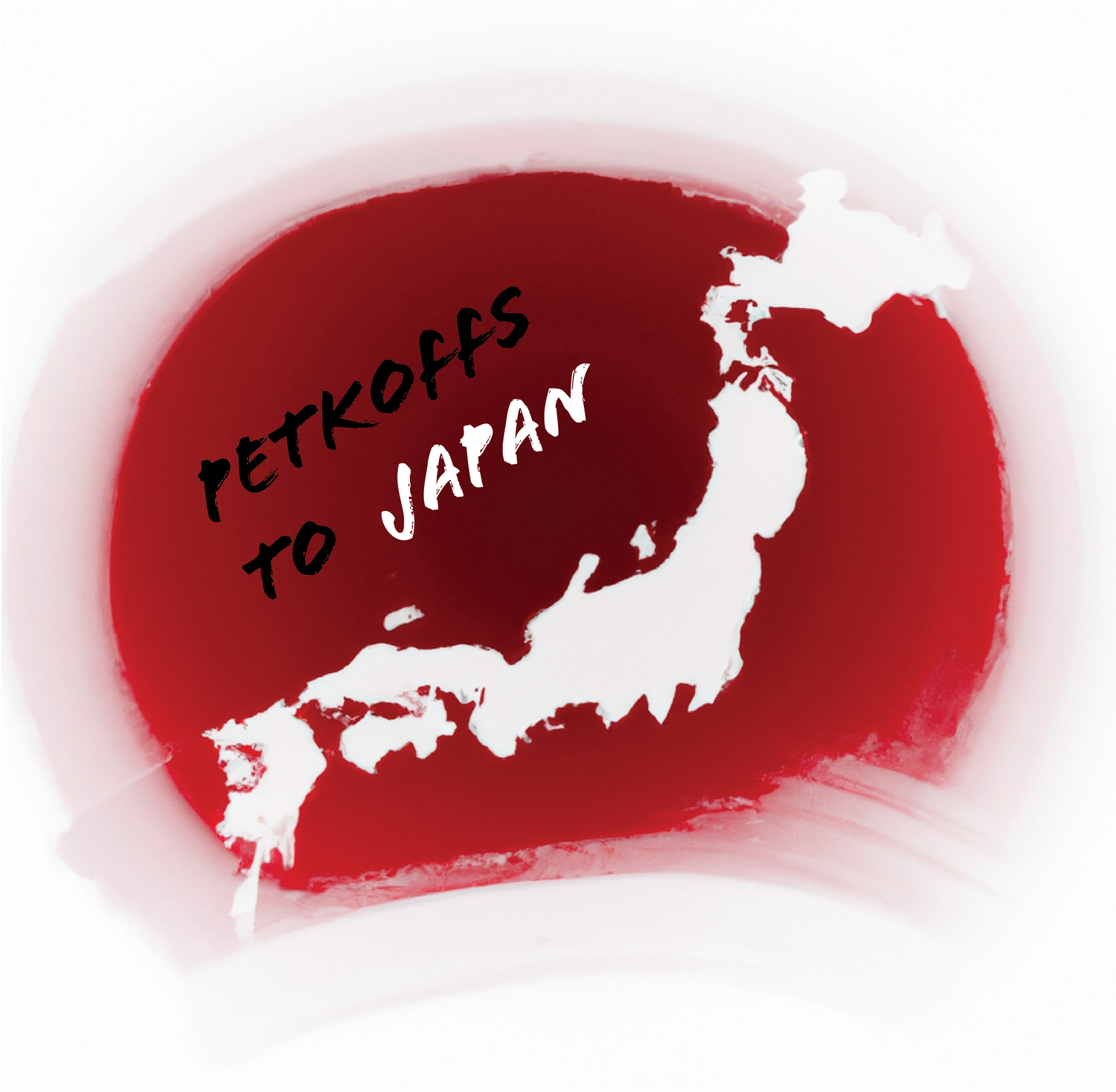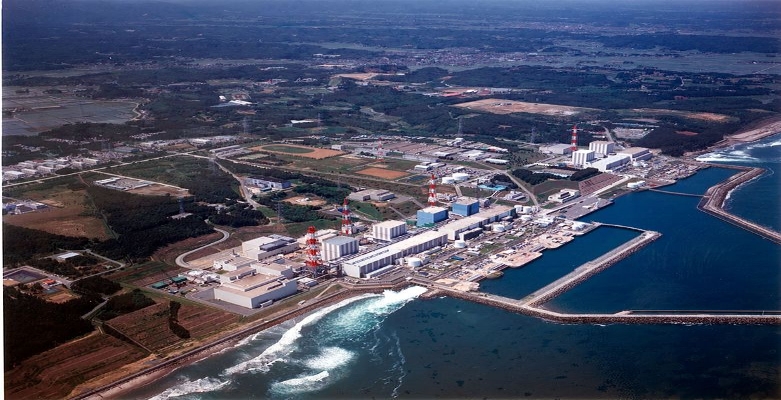Today's blog is a collection of stories, photos, and background on the 2011 disaster in Japan.
Just over 6 years ago
Japan faced a natural disaster combo of a 9.0 earthquake that was hastily followed by a tsunami. It also faced a resulting man-made disaster with the Fukushima nuclear power plants creating a modern day Chernobyl… until now. In March this year, evacuees of areas riddled with radiation were notified that they would need to return to the dangerous environments or face extreme financial hardship as any assistance they were getting was about to stop.
There is an ongoing battle with Tepco (the Japanese company whom owned and ran the power plant) to provide substantial compensation, but even if more were to be required from the company, much of it was already used in efforts to stop the inevitable nuclear disaster (unsuccessfully) or deal with the now dangerous plant that must be put into a decommissioned status, both of which is costing numbers rising into the equivalent of billions of $.
But if you were to speak with one of the 160,000+ Japanese people ravaged by this event, financial concerns wouldn’t likely be the main issue, but instead a strong desire to be restored socially and Tepco made to understand the sincere sorrow and anguish of these people and under Japanese law, often times the only way to measure something like sincerity is by monetary means.
Living on the coast
Morihisa Kanouya
Morihisa Kanouya was on the Fukushima coastline that was completely destroyed was on the docks when the earthquake hit. He knew exactly what was to come next, but when most fishermen jumped in their ships where they knew they could ride over the wave safely, he ran home to his wife. Once together they scrambled to collect what little they could fit in their humble hatchback and hastily drove inland. Of course, everyone had this same direction in mind and the roads going out were congested, even by Tokyo standards. But keeping with the typical Japanese orderly fashion, no one would dare to drive on the shoulder or opposite side of the road, although both were completely void of traffic. As the fisherman looked in the mirror, he could see the mist and spray, an ominous precursor to what would engulf them in minutes. He quickly grabbed his wife, left the clogged roadway by foot, and travelled to the highest hill nearby. They scrambled to the top where the husband anchored himself to a large tree and his wife. The hill was a dwarf compared to the wave and it struck their huddle violently. The swell ended quickly, so the top cleared of water, but to his horror he was only holding the tree now, his wife gone. The now widower suffered injuries and after being found by a rescue worker, was convinced to temporarily give up the search for now and get help. It would be over a month before any survivors could even look for those they lost as the area was quickly deemed unsafe as radiation blanketed the surround areas. By the time they were able to find them, decomposition from the element ravaged the bodies making most difficulty to identify. Care for the dead is of a paramount importance it Japan, and not only did the radiation force them to wait to collect them, it also prevents them from placing them to rest in their hometowns. Some still wait to do this today. Disrupting this sacred and important practice for the Japanese is one of the sources of anguish that Tepco is sought after to acknowledge.
People who were evacuated from Fukushima and the outlying areas are deemed to be carriers of “contagious radiation”. This leads to insults, ostracism, and sometimes violence in places that were meant to be sanctuaries. Japan is renowned for its unique and powerful social order but this same element creates a social identity that can be a negative when individuals stand out which exposes them to these kind of attacks.
"...in Japan, these people are not victims because no one in authority has been held accountable."
Girl scanned for radiation exposure
Satsuki Sekine is now 15 years old. She was only 9 when her family home was destroyed and were then forced to flee due to nuclear radiation concerns. That wasn’t even the worst to happen, the social abuse is what brought this girl to contemplate suicide. She was heavily bullied at school, no chance for friends as people avoided her, and could not find involvement in areas outside school either.
A boy in Yokohama had been extorted for money amounting to over 1.5 million yen, but even that did not save him from the physical and verbal brutality. The boy kept the abuse a secret, not wanting to burden his mother who also faced hostility of her own from neighbors throwing trash at the house or leaving notes telling her to leave.
We might think it wild to treat victims of such tragedies in this way. But in Japan, these people are not victims because no one in authority has been held accountable. No arrests were made, government money was spent helping Tepco operators evacuate, and there are strong political movements towards getting the plants going again. Some believe this is to downplay the issues in anticipation for the 2020 Olympics that will come to Japan, as radiation worries would dampen tourism. For these people that suffered through the events (to speak out against) this comes off as being critical of the nation and then they are attacked for it socially. A similar behavior can be read about "Hibakusha" survivors of the fallout from the WWII atomic bombs.
The Fukushima Nuclear Power Plant
There is a small bit of hope with this situation however: It will bring these people together. The power that common struggle creates is incredible, and these “outcasts” were forced to share this experience and can relate on a deeper level that likely won’t involve any sort of social hostility. It will be interesting to see how life is when or if they end up returning to the areas affected and if it is possible to truly make some of these places livable again.





